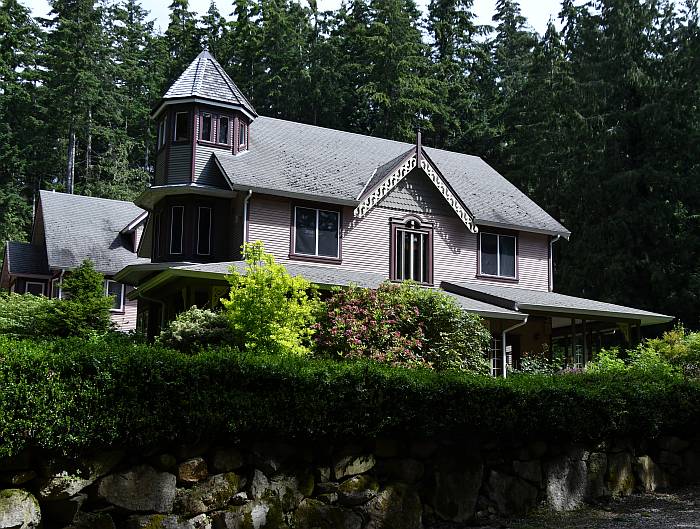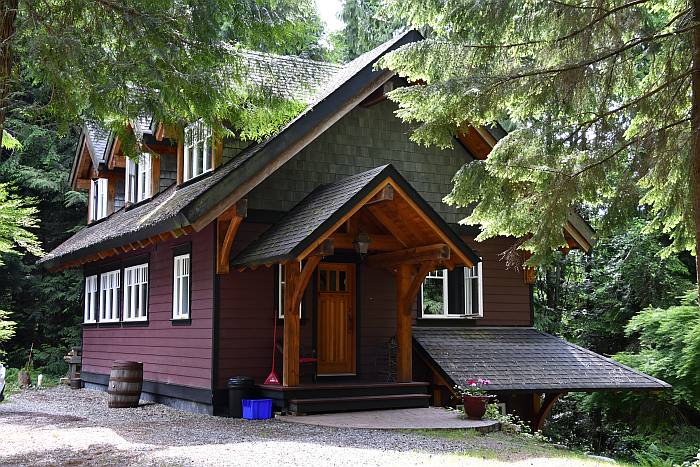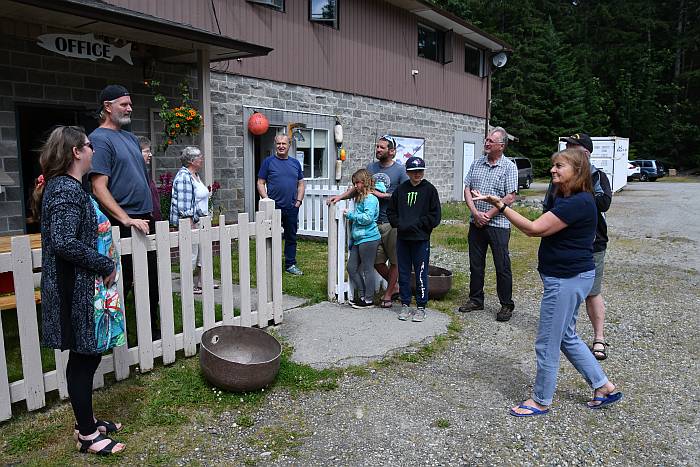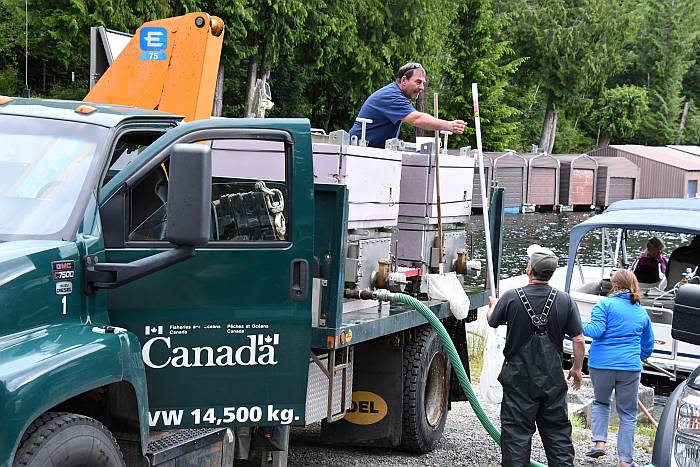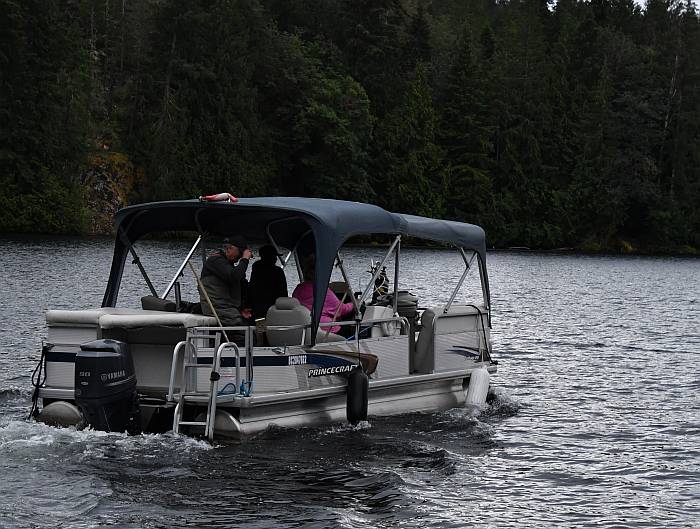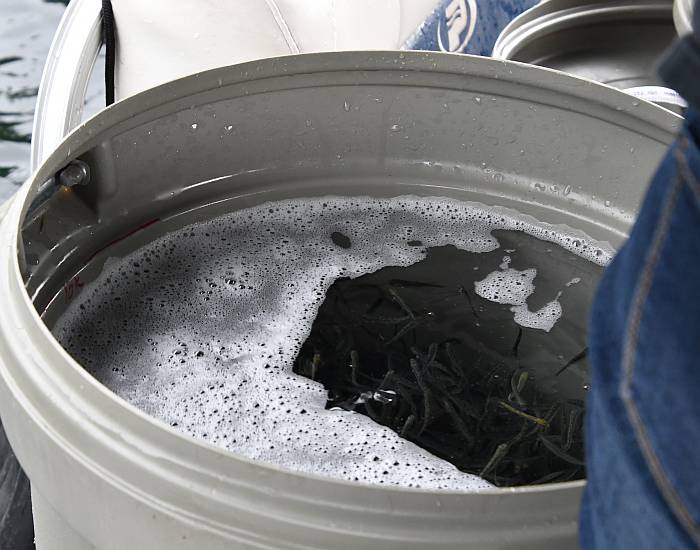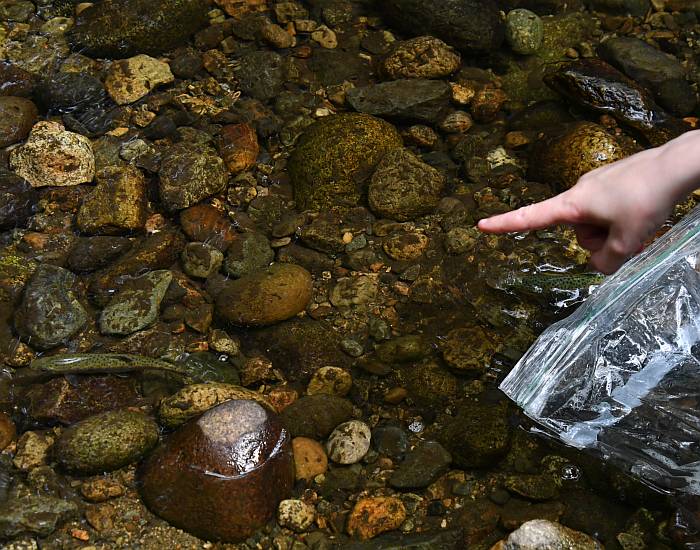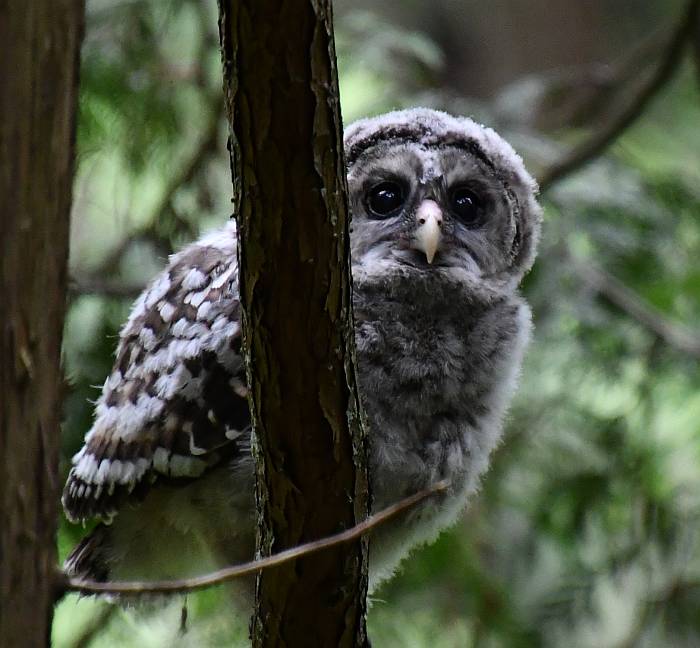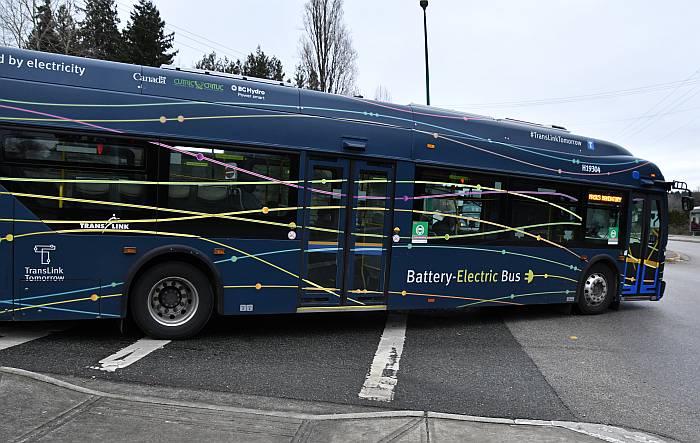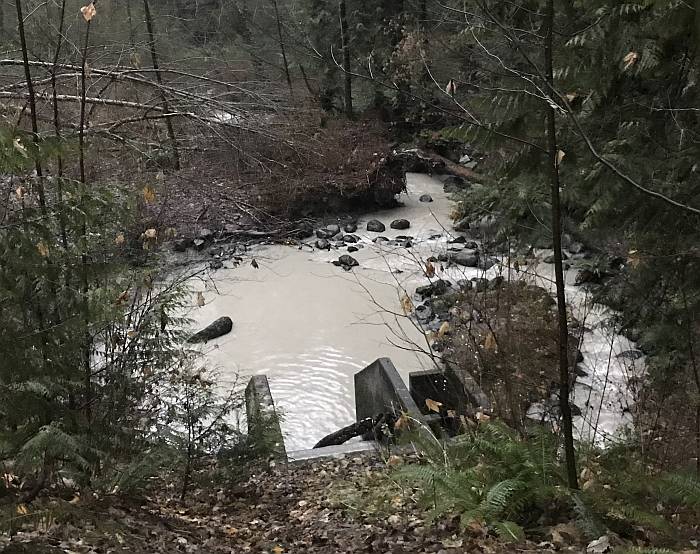I saw a post from Tire Stewardship BC float by on my Facebook feed this morning, touting a new product they are producing from used tires — “landscaping mulch.”
When I commented on their post with concerns about 6PPD-quinone in tires, which is known to kill coho salmon, they just told me to watch their wonderful recycling video again.
A second query about 6PPD-quinone was ignored completely.
Runoff from roads contains 6PPD-quinone from tire dust. Wouldn’t this “mulch” also leach it? And what about all those other outdoor products?
Until potential 6PPD-quinone in “landscaping mulch” is addressed, we should keep an eye on this, and contact our municipalities about the potential impacts of such products. And, of course, federal and provincial environment/pollution/fish agencies.
Link to the recycling page here.
If you search “6PPD-quinone recycled tire products” you’ll find plenty of articles and studies with concerns about them.
UPDATE: Tire Stewardship BC has responded to my FB post, and basically are saying the Canadian and US tire industry associations are working on it. Yes, I know, I’ve spoken with reps from both associations over the years, and invited them to present to stewardship groups.
I responded that that still didn’t answer my concern that products being made from recycled tires are being promoted as “eco-friendly.”
